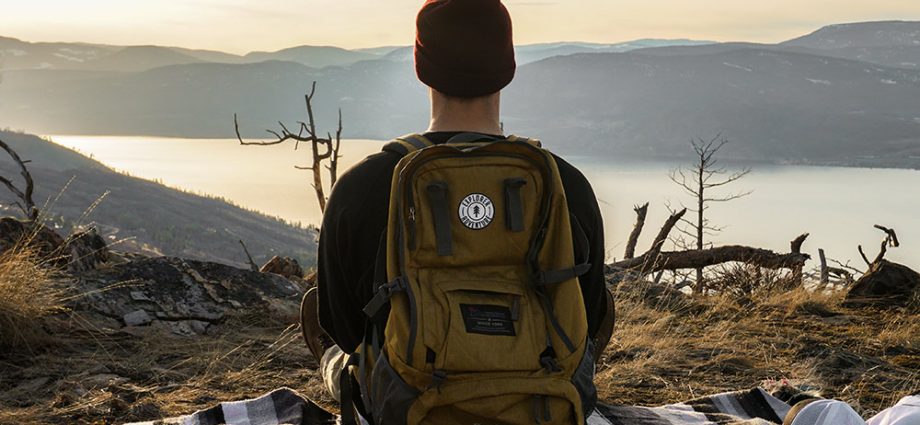When backpacking, you want to be prepared for emergencies and to keep yourself well nourished and hydrated. You also want to avoid fatigue, however, by keeping your pack as light as possible. Here are ways to lighten the load while still staying fit and comfortable on your journey.
Lightening the Food Load
New hikers sometimes make the mistake of packing bulky foods or storing lighter foods in hard-sided containers. This adds to the weight and bulk of the pack. You can carry more food in the pack by eliminating canned or boxed food items in favor of lightweight, compressible packaging.
Think in terms of high calorie and nutritional content in relation to size of the food. For example, canned food adds extra weight to the load because of the packaging. You can easily find tuna, salmon and other quality protein sources packaged in lightweight packets instead of cans. Energy bars are also a good choice for the trail and don’t worry about counting calories here. You will need the extra caloric boost that some of these provide. Survival stores and camping supplies stores sometimes sell special high-calorie food bars to have on hand as an emergency food source, and these are convenient for their small size and nutritional content.
Freeze dried food is another practical option. These are naturally lightweight and compressed because the moisture content has been removed, and they are packaged wisely. Just about any type of food is available this way. When you set up camp, all you have to do is add water and you have your meal.
Water Tips
Hydration is super important no matter which season it is or the terrain. Water weighs approximately 8 pounds per gallon. Using water bladders instead of hard plastic bottles or canteens makes transport easier, but water weight can still contribute significantly to the load of your pack.
If your backpacking trip is only overnight, this shouldn’t be a problem because you won’t need more than a gallon or two of water. However, for longer journeys you should map out water sources to refill your supply instead of trying to lug several gallons of water around, which would quickly wear you down.
If you won’t have access to treated water from municipal supplies, you can refill from mountain streams and similar sources but you will have to decontaminate the water. Boiling water is considered most effective for destroying common pathogens such as Cryptosporidium. Other options include filters and purification tablets, but these aren’t always as effective.
Eliminating Non-Essentials
Safety equipment, food and water are essentials. Comfort equipment, such as folding camp stools and extra sets of clothing, are not essential and they add weight. Consider leaving these behind and consider your alternatives.
For example, nylon clothesline weighs less than an extra set of clothing. Rinsing clothes in a stream and hanging them to dry takes little time and it is doubtful you want to win any best-dressed awards while hiking, anyway.
Making smart clothing choices also helps. Convertible pants that have zip-off legs are a wiser choice than bringing a pair of shorts and a pair of pants.
Sleep and Shelter
A heavy tent and sleeping bag can undo the efforts you made towards lightening your pack load. The type of tent and bag you need depends on the season and regional climate, of course, but just because you are bracing for chilly nights doesn’t mean either has to weigh a ton.
Look for mummy sleeping bags filled with down as the insulating material. A mummy bag’s design, which includes a drawstring hood, keeps you warmer because it encases you like a warm cocoon without the excess space of rectangular bags. Down keeps you warm but weighs less than synthetic materials.
For shelter, opt for ultra light tents whenever possible. If you are going on a short, overnight trip, you might be able to get away with just a nylon tarp or sleeping out in the open.
Keeping your backpack light just takes some smart planning. You won’t have to go without necessities, and you can easily bring more than enough food just by choosing the right kinds and the right packaging. If you don’t pack wisely, however, you’ll end up with a heavy pack that will make even short hikes feel strenuous.
Have a look at Bug Out Bags for a related article that has suggestions for what to put in your bug out bag.

